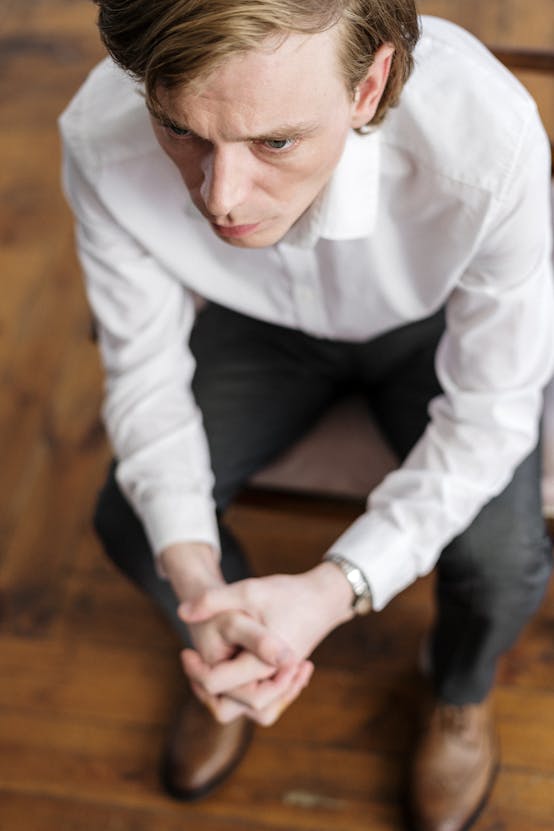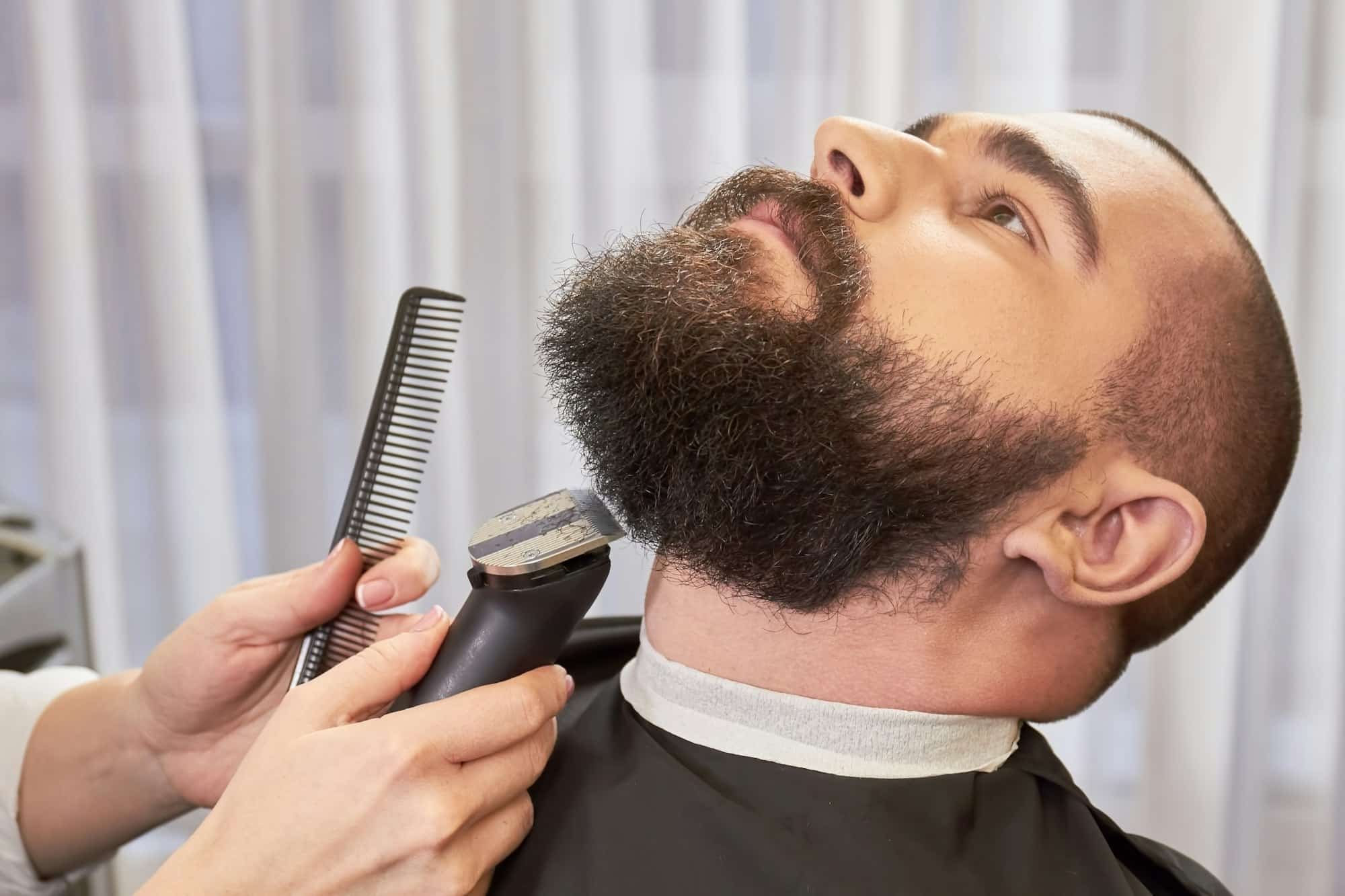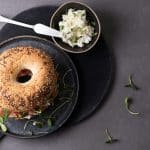As bird enthusiasts and pet owners, understanding how to care for our winged companions is essential. One of the most important aspects of bird care is managing their flight feathers. However, the process can seem daunting, especially if you’re new to it. Fear not, this guide will provide you with all the necessary information to confidently and effectively trim your bird’s flight feathers. Remember, your bird’s wings are a critical part of its identity and wellbeing, so it’s crucial to approach this task with a lot of care.
Why Trim Your Bird’s Wings?
Before we delve into the process of trimming, it’s important to understand why this is necessary. When birds live in the wild, their wings need to be strong and full for survival. However, in a domestic setting, full flight capabilities can pose a danger to your bird.
Cela peut vous intéresser : What’s the Best Way to Maintain a Long-Haired Cat’s Coat Without Matting?
In a home environment, birds can fly into windows or other objects, causing potential harm to themselves. Furthermore, if your bird were to escape, it could struggle to survive in the outside world. Consequently, some bird owners opt to clip their bird’s wings to prevent these issues.
However, it’s crucial to note that wing clipping doesn’t mean your bird won’t be able to fly at all. A properly clipped bird can still flutter down to the ground and make short, controlled flights. The goal is not to ground your bird but to ensure its safety in a domestic environment.
A lire également : What Are the Signs of Separation Anxiety in Pet Pigs, and How to Alleviate It?
When Should You Trim?
Understanding the right time to trim your bird’s wings is equally important. You must first consider the bird’s age. Young birds, or fledglings, are still learning to fly and should not have their wings clipped. This could hinder their development and ability to fly in the future.
In general, the best time to trim a bird’s wings is after it has molted. Birds usually molt once a year, shedding their old feathers and growing new ones. Once the new, fully-grown feathers are in place, they can be safely trimmed.
It’s important to note that the timing can vary based on the bird’s species, age, and overall health. If you’re uncertain, consult with a veterinarian. They can provide advice tailored to your bird’s specific needs.
How to Safely Trim the Flight Feathers
When it comes to the actual process of clipping, it’s vital to do it safely and effectively. Here’s a step-by-step guide to help you.
-
Prepare Your Tools: You will need a pair of sharp, clean scissors or a bird-specific nail clipper. A towel can also be helpful to gently restrain your bird.
-
Identify the Feathers to Clip: The feathers you’ll be trimming are the primary flight feathers. These are the long feathers located on the outer part of the wing. Do not trim the secondary feathers, which are located closer to the body.
-
Trim the Feathers: Hold the wing out gently but firmly, and trim the feathers at an angle. Be careful not to cut into the feather shaft where there may be blood vessels.
Seeking Professional Help
While many bird owners feel comfortable trimming their pet’s wings at home, it’s perfectly okay if you do not. If you’re uncertain or anxious, it’s best to seek assistance from a professional.
Veterinarians or professional bird groomers have the necessary experience and knowledge to trim your bird’s wings without causing stress or harm. There’s no harm in seeking help, and your bird’s safety and comfort should always come first.
The Impact of Clipping on Your Bird’s Wellbeing
While clipping a bird’s feathers can help prevent accidents, it’s important to remember that flight is a natural behavior for birds. Therefore, clipping should be done minimally and responsibly to allow the bird to still exhibit some flight behavior.
While some birds adapt quickly to having their wings clipped, others may take a bit of time. Your bird might be a little unsteady or clumsy at first, but with patience and gentle encouragement, it will learn how to move around confidently again.
As with any changes to your pet’s care routine, monitor your bird closely after a wing trim. Make sure it’s comfortable, happy, and still able to navigate its surroundings. If you notice any distress or changes in behavior, don’t hesitate to reach out to your veterinarian or a bird care professional for advice.
Remember, the ultimate goal in trimming your bird’s wings is not to take away its ability to fly, but to ensure it can do so safely within your home. With careful attention and understanding, you can provide your bird with the best care possible.
The Clipping Process: A Step-by-Step Guide
Trimming the flight feathers of your bird is all about precision and care. Here’s a more in-depth look at how you should go about it:
-
Gather your Materials: A good bird wing-trimming session starts with the right tools. A pair of sharp, stainless steel scissors or a bird-specific nail clipper should be your first pick. Also, ensure you have a towel at hand. This will help gently restrain your bird if they get a bit restless during the procedure.
-
Know your Feathers: Be conscious of the feathers you’ll be trimming. The primary flight feathers are your target. These are the long feathers located on the outer part of the bird’s wings. Do not touch the secondary feathers near the body or the blood feathers, which have a blood supply.
-
The Thumb Clip: After you’ve identified which feathers need a cut, it’s now time to hold your bird gently but firmly. Extend the wing using your thumb to get a clear view of the primary flight feathers. This is referred to as the thumb clip method.
-
Trimming the Flight Feathers: Now, carefully trim the feathers at an angle. Never cut into the feather shaft as it may contain blood vessels. If you happen to cut a blood feather, apply a little cornstarch to stop the bleeding and reach out to your vet.
Post-Clipping Care and Monitoring
After successfully clipping your bird’s wings, the next important step is to monitor its behavior and comfort level. Every bird species responds differently to wing clipping. While some may adapt quickly, others might need more time to adjust to their new flight abilities.
Your bird might seem a little clumsy or unsteady at first post-clipping. However, with time, patience, and gentle encouragement, they’ll learn how to move around confidently again. It’s important to make sure your bird is comfortable, happy, and still able to navigate its surroundings safely.
Be vigilant for any signs of distress or changes in behavior. This includes changes in their eating habits, a decrease in activity, or unusual aggression. If you observe any of these changes or anything else out of the ordinary, reach out to your vet or a bird care professional promptly.
To conclude, trimming your bird’s flight feathers is not about taking away its ability to fly. Instead, it’s about ensuring that your pet bird can fly safely within the confines of your home. With a detailed understanding of your bird’s species profile and careful attention during the process, you can assure that your bird gets the best possible care.













